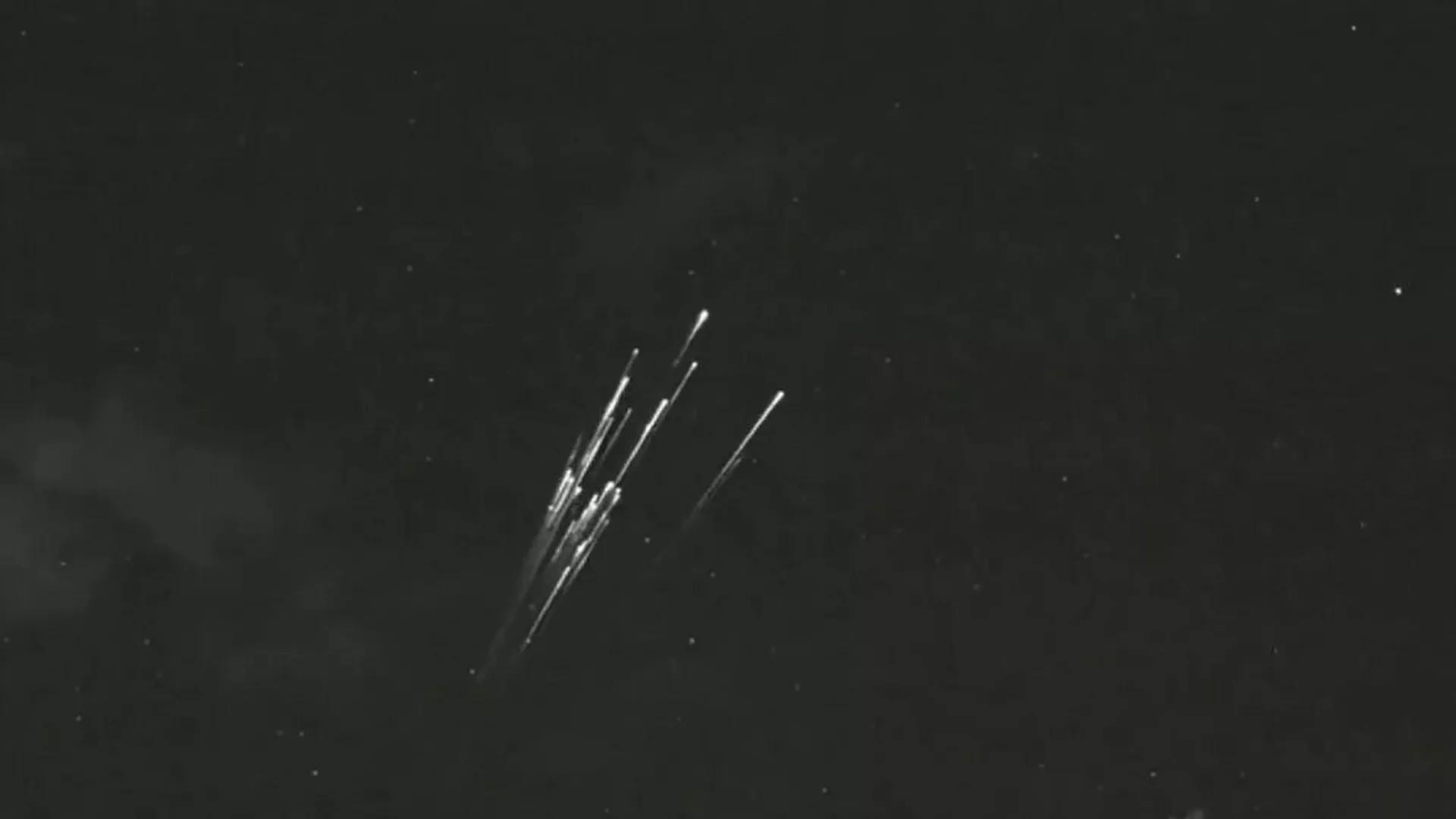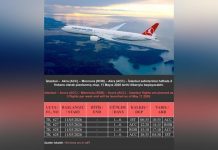
Africa-Press – Liberia. SpaceX, a space transportation and aerospace company founded in 2002 by Elon Musk, launched 49 of its Internet-beaming Starlink satellites into orbit from the Kennedy Space Center in Florida on February 3. The additional batch was part of its plans to build a giant satellite Internet network.
A solar “destruction event” knocked out of space approximately 40 of Elon Musk’s Starlink satellites, launched on February 3, according to a study by researchers in China and the US, published in the journal Space Weather.
SpaceX, a rocket company founded by tech guru Elon Musk, launched another batch of its Starlink satellites into orbit from the Kennedy Space Center in Florida. The Starlink project – a satellite Internet constellation operated by SpaceX – seeks to provide more affordable access to broadband Internet connection across the world. It has regularly launched mass-produced small Internet-beaming satellites into orbit since 2019. As of September 2022, Starlink consists of over 3,000 of them in low Earth orbit (LEO).
However, on this occasion, space weather took its toll on the ambitious technology, dooming the launch to failure. At around the same time as the launch, a wave of energetic solar particles and radiation washed over the Earth, triggered by an eruption on the surface of the Sun.
Solar flares, also known as coronal mass ejections (CMEs), are referred to as “space weather.” The term embraces events beyond the Earth’s atmosphere that impact our technology and near-Earth space environment, with the Sun being the primary source of such disturbances. Its solar flares and subsequent geomagnetic storms can wreak havoc, impacting radio signals and resulting in power grid interference.
The burst of solar activity reached Earth and heated up our planet’s atmosphere, increasing its density in the region where the Starlink satellites operate. Accordingly, the fresh batch of satellites faced atmospheric drag up to 50 percent higher than during previous launches.
The company said on its website: Thus, 38 satellites sank lower and lower, before burning up at thousands of miles per hour. The incident also served as a demonstration of SpaceX’s orbital strategy to deliberately release satellites at a very low altitude. In the event of a failure, they are quickly destroyed in the atmosphere, rather than becoming floating space junk, posing “zero collision risk.”
Space Weather Prediction
The Starlink incident, “illustrates the complexity and difficulty of space weather prediction, and also indicates that even small storms might induce severe astronautic and financial consequences,” the study, Unveiling the Space Weather During the Starlink Satellites Destruction Event on 4 February 2022, stated.
According to the researchers, there are “urgent requirements” to further study the effects of space weather on the atmosphere due to the “ever-increasing amount of space objects” in orbit.
The study’s advice comes as the Sun’s 11-year activity cycle is ramping back up, promising more phenomena such as CMEs and solar flares, according to the National Oceanic and Atmospheric Administration (NOAA).
For More News And Analysis About Liberia Follow Africa-Press





